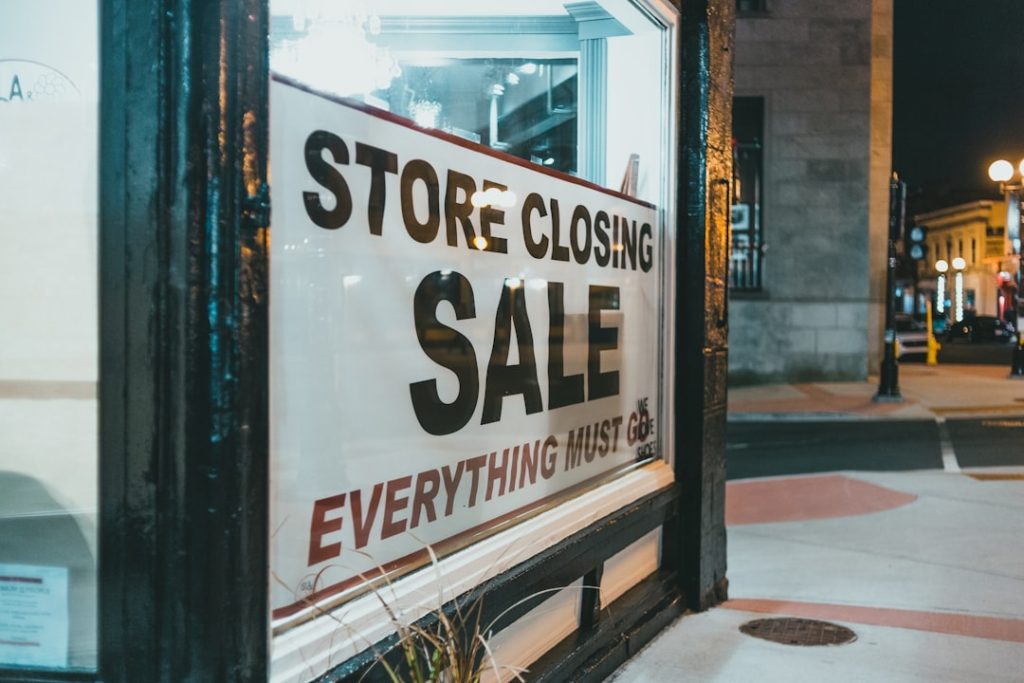Think about it: Wouldn’t you rather keep a customer you already have than go out and find a new one? It turns out, that’s not just common sense – it’s also better for your bottom line. Let’s break down why keeping your current customers happy is often more cost-effective than constantly chasing new ones.
The Cost of Finding New Customers
Acquiring a new customer involves several expenses. You’ve got marketing costs, advertising spend, sales team salaries, and the time it takes to nurture a lead into a paying customer. All these expenses add up, and studies show that acquiring a new customer can cost significantly more than retaining an existing one. Some studies show it can cost five to 25 times more!
Why Retention is Easier on the Wallet
Customer retention focuses on keeping the customers you already have. This involves strategies like:
- Providing excellent customer service.
- Building a strong relationship with your customers.
- Offering loyalty programs and personalized deals.
- Gathering and acting on customer feedback.
These activities are generally less expensive than the broad marketing efforts needed to attract new customers. Plus, they often lead to happier, more loyal customers who spend more over time.
The Ripple Effect of Happy Customers
Customer retention doesn’t just save you money directly; it also brings indirect benefits. Happy, loyal customers are more likely to:
- Make repeat purchases.
- Try new products or services you offer.
- Refer their friends and family, giving you free word-of-mouth marketing.
- Provide valuable feedback that helps you improve your business.
These benefits create a positive cycle, where happy customers contribute to your business’s growth and profitability.
Calculating the ROI
To really see the difference, try calculating the return on investment (ROI) for your customer acquisition and retention efforts. Compare the costs associated with each strategy and the revenue generated as a result. You might be surprised by how much more profitable customer retention can be.
Focusing on Customer Lifetime Value
Customer lifetime value (CLTV) is a prediction of the total revenue you’ll earn from a customer throughout your relationship. By focusing on retention, you can increase CLTV. When customers stay with you longer and spend more, their lifetime value increases, boosting your overall profitability.
Examples of Retention Strategies in Action
Many companies excel at customer retention. Think about:
- Amazon Prime: The membership program encourages customers to keep coming back for the benefits, increasing their loyalty and spending.
- Starbucks Rewards: The loyalty program offers personalized rewards and incentives, making customers feel valued and encouraging repeat visits.
- Zappos: Known for its exceptional customer service, Zappos creates loyal customers who rave about their experiences.
Making the Shift to Retention
If you’ve been primarily focused on customer acquisition, now might be the time to shift your focus. Start by:
- Analyzing your customer data to understand their needs and preferences.
- Implementing a customer feedback system to gather insights.
- Training your team to provide excellent customer service.
- Creating a loyalty program to reward your best customers.
It’s About Balance
While customer retention is generally more cost-effective, it’s important to strike a balance. You still need to attract new customers to grow your business. However, by prioritizing retention, you can create a more sustainable and profitable business model.
Investing in your existing customers is an investment in the future success of your business. By focusing on building strong relationships and providing exceptional experiences, you can create a loyal customer base that drives growth and profitability for years to come.
